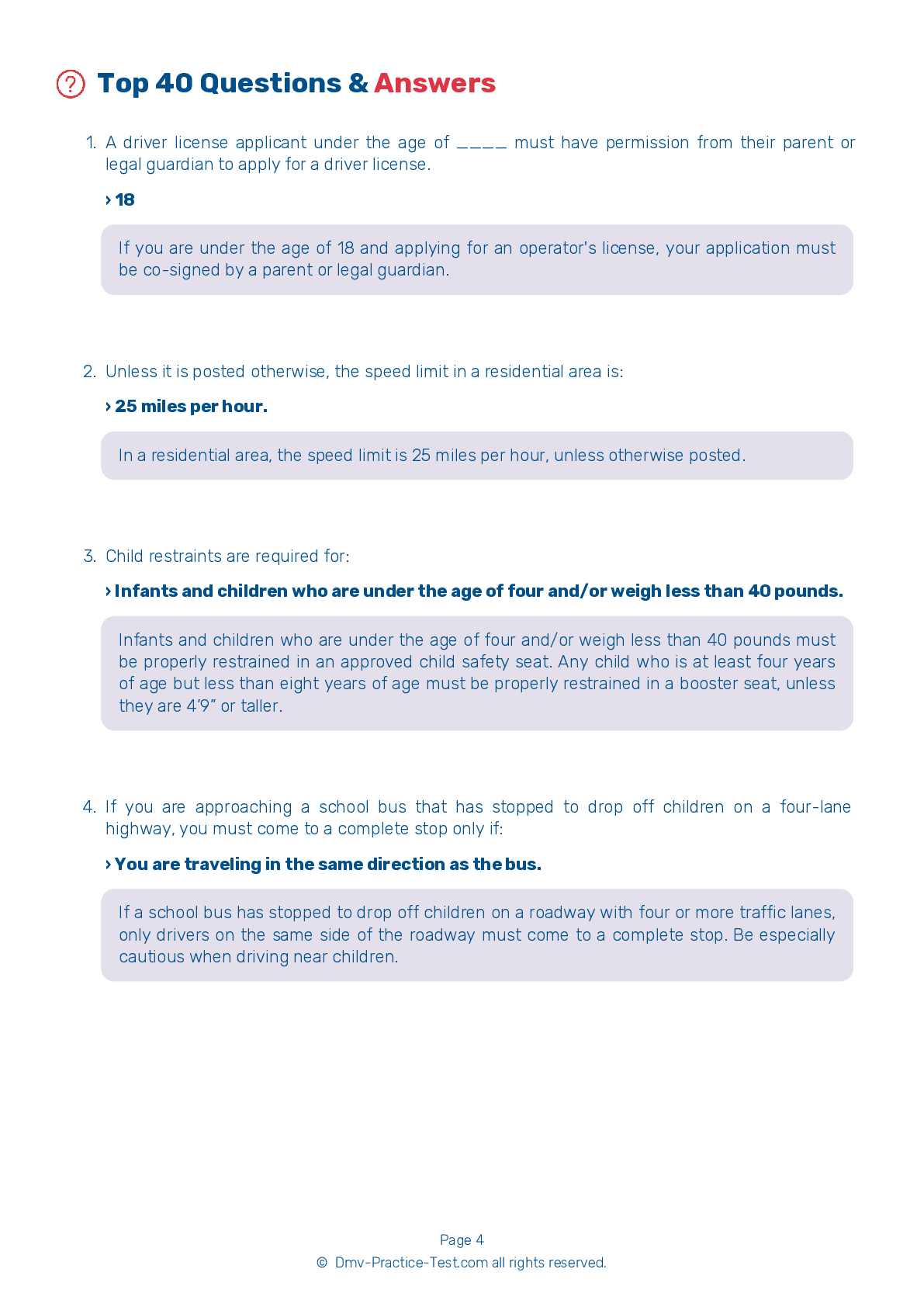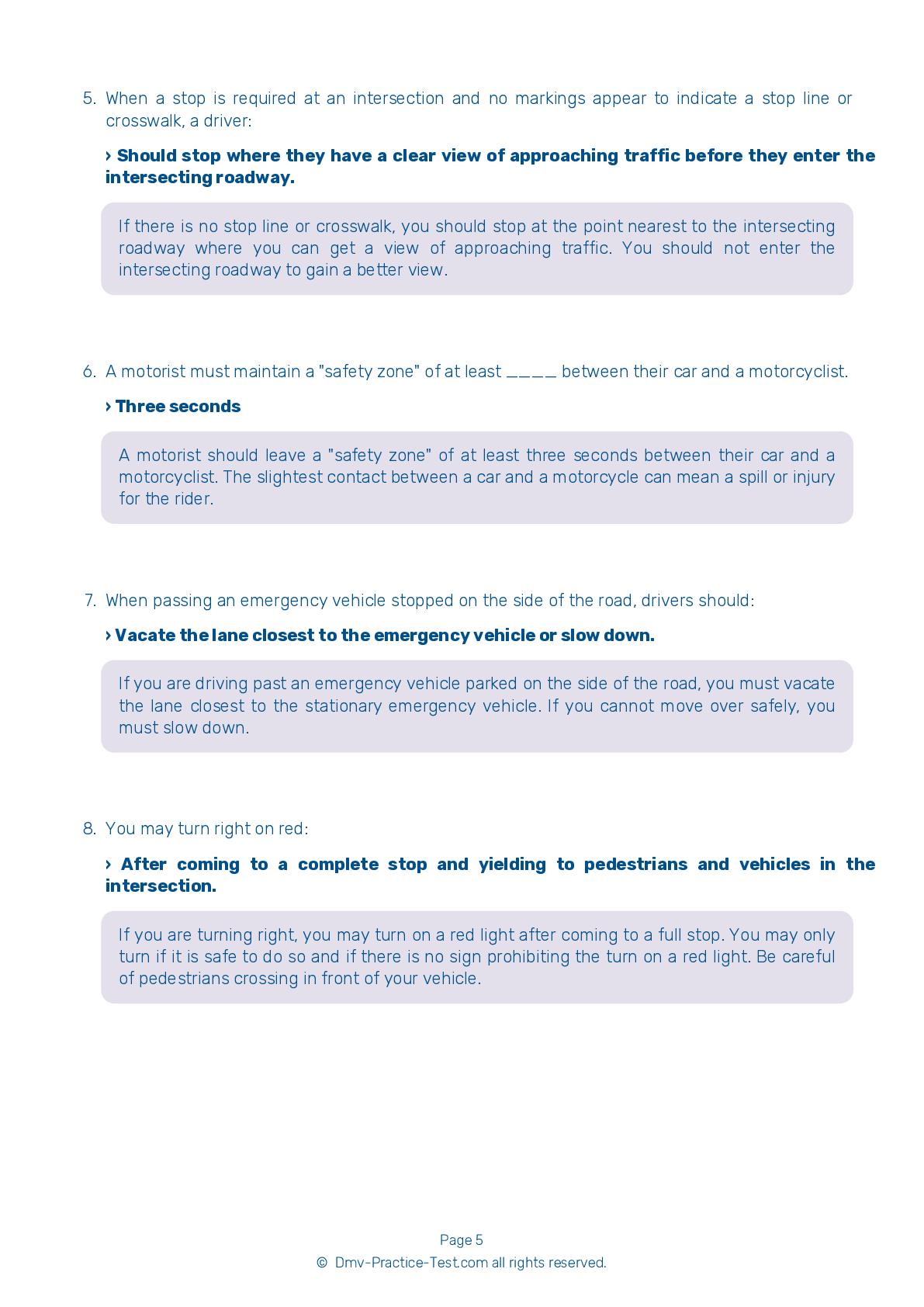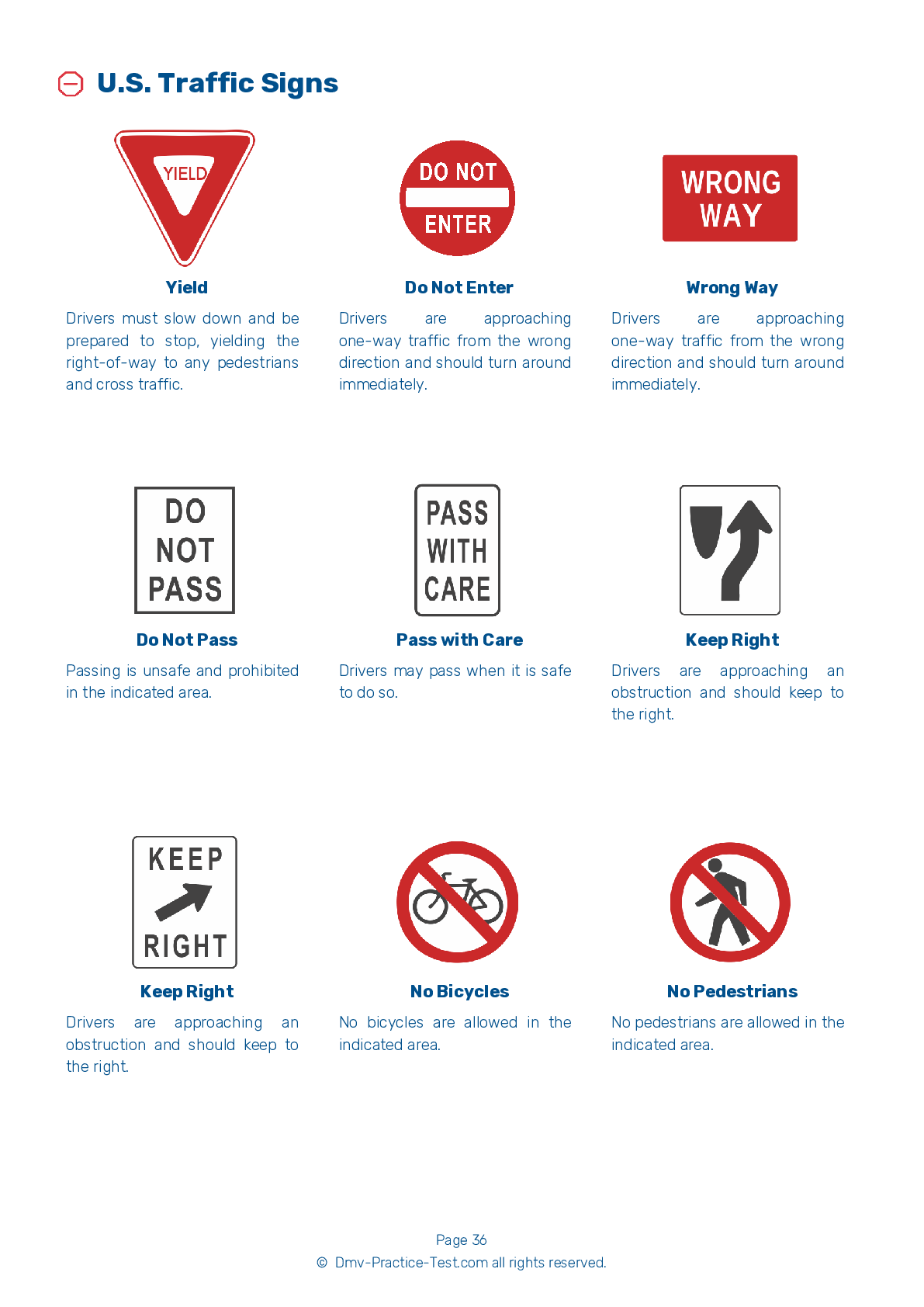FREE Ohio DMV Practice Test #8 Page 5 of 5
The practise exams for Ohio's DMV have been revised for January 2025. It comprises questions based on the most important traffic signals and laws for 2025 from the Ohio Driver Handbook. To study for the DMV driving permit test and driver's licence exam, use actual questions that are very similar (often identical!) to the DMV driving permit test and driver's licence exam.
Each question on the practise exam has a tip and explanation to help you recall the ideas. Questions about traffic rules, traffic signs, and driving statutes, as well as knowledge from the Driver Handbook, will be included in the written portion of the official Ohio DMV test.
You must properly answer 35 of the 40 questions to receive a passing mark. To help you prepare for your instruction permit or driver's licence, take this practise test from the Ohio Department of Motor Vehicles.
The DMV exam is offered in a variety of languages.
Using any form of testing help will result in an automatic fail, and the DMV may take further action against your driver's licence, so avoid it.
33 . This road sign means:
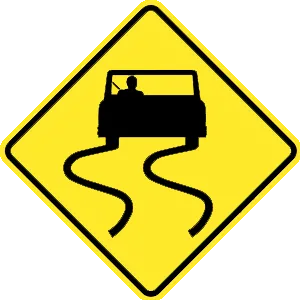
This sign warns that pavement is slippery when wet. In wet conditions, you should reduce your speed, avoid braking or changing direction suddenly, and increase the distance between your vehicle and the one ahead.
34 . What are the colors of warning signs indicating upcoming hazards?
Warning signs that indicate approaching hazards are usually yellow with black lettering or symbols. Warning signs in work zones are orange with black lettering or symbols.
35 . When approaching a railroad crossing, you should:
When you see any signs indicating a nearby railroad crossing, you should slow down, look for a train, and be ready to stop. If the red warning lights are flashing or the gate is down, you must stop 15 to 50 feet before the railroad tracks. Do not try to go around the gate.
36 . It is illegal for a person 21 years of age or older to drive with a minimum blood alcohol concentration (BAC) of:
For drivers age 21 or older, it is illegal to operate a motor vehicle with a blood alcohol concentration (BAC) of 0.08 percent or higher. Driving while under the influence of alcohol is not only illegal, but dangerous.
37 . This sign means:
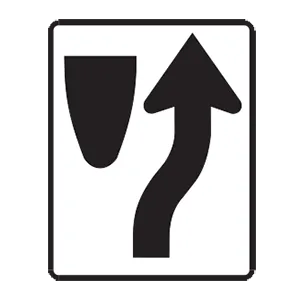
Regulation signs regulate traffic speed and movement, displaying rules which drivers must obey. This regulation sign indicates that drivers should keep right to avoid an upcoming potential driving hazard.
38 . This road sign means:
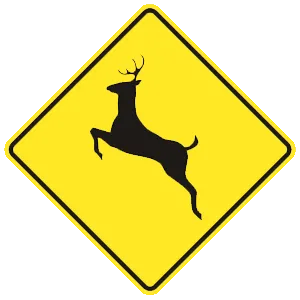
This sign warns that deer cross the roadway in the area. You should slow down, be alert, and be ready to stop.
39 . To reduce the effects of headlight glare at night, you should look:
If oncoming drivers do not dim their headlights for you, keep your eyes on the right side of the road ahead. Do not look directly at the oncoming headlights because the glare may blind you for several seconds.
40 . An approaching driver fails to dim their high beam headlights. Where should you look?
If an approaching driver fails to dim their high beams, glance toward the right side of the road. This will keep you from being blinded by the other vehicle’s headlights and will allow you to see enough of the road to stay on course until the other vehicle has passed.
Need Car Insurance? No problem!
Compare the best rates in Ohio and find a personalized policy that meets your needs.
1. Are You Currently insured ?
2. Married ?
3. Do you own your Home?
4. Do you have more than 1 car ?
5. Have you or a Family Member Honorably Served in U.S. Military ?
6. Your Name
7. Age
8. Zip code
IMPORTANT REMINDER:Auto Insurance is Mandatory to drive in Ohio. Get covered before you hit the road to avoid any fines.
Ranked by best match

